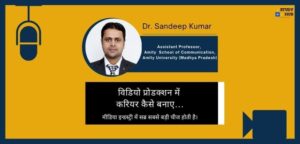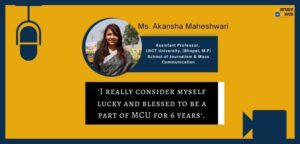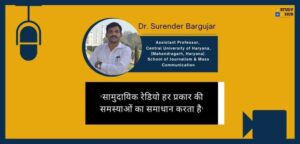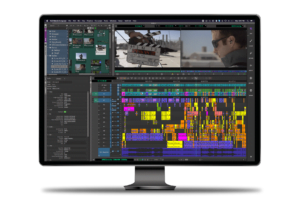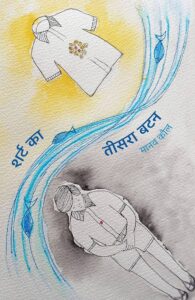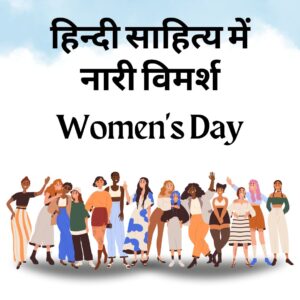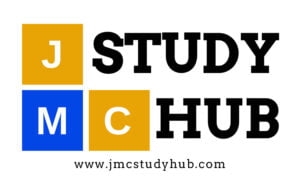Q. Identity the correct chronological order of the following communication Models (December 2023, UGC NET)
(A) Osgood Model
(B) Claude Shannon and Weaver model
(C) Lasswell’s Model
(D) Westly and Maclean Model
(E) New Comb’s Model
Choose the correct answer from the options given below:
1. C, D, B, E, A
2. B, C, E, A, D
3. B, D, E, C, A
4. C, B, E, A, D
Correct Ans: (4)
Explanation: Model’s development and its contribution to communication theory:
1. Lasswell’s Model (1948): Developed by Harold Lasswell, this model is often summarized by the phrase “Who says what in which channel to whom with what effect?” It focuses on the process of communication and is considered one of the earliest and simplest linear models. It highlights the sender, message, medium, receiver, and effect as key components.
2. Claude Shannon and Weaver Model (1949): Developed by Claude Shannon and Warren Weaver, this model introduces the concept of noise and feedback. It is a mathematical model that outlines the communication process in terms of information source, transmitter, signal, channel, noise source, receiver, and destination. This model is pivotal in understanding communication as a system and addressing issues of signal
transmission and reception.
3. Newcomb’s Model (1953): Developed by Theodore Newcomb, this model introduces the concept of social relationships in communication. It emphasizes the importance of the social context and the relational dynamics between communicators, viewing communication as a way to maintain equilibrium in social systems.
4. Osgood Model (1954): Developed by Charles Osgood, this model is known as the circular model of communication. It presents communication as a dynamic, ongoing process involving encoding, decoding, and interpreting messages. The model emphasizes feedback and sees the roles of sender and receiver as interchangeable.
5. Westley and MacLean Model (1957): Developed by Bruce Westley and Malcolm MacLean, this model is an extension of the linear models and introduces the concept of mass communication. It illustrates how communication in mass media involves multiple sources, messages, channels, and receivers, and how feedback loops contribute to the
complexity of the communication process.
In chronological order, these models are: Lasswell’s Model (1948); Claude Shannon and Weaver Model (1949); Newcomb’s Model (1953); Osgood Model (1954); Westley and MacLean Model (1957). Therefore, the correct answer is: C, B, E, A, D





